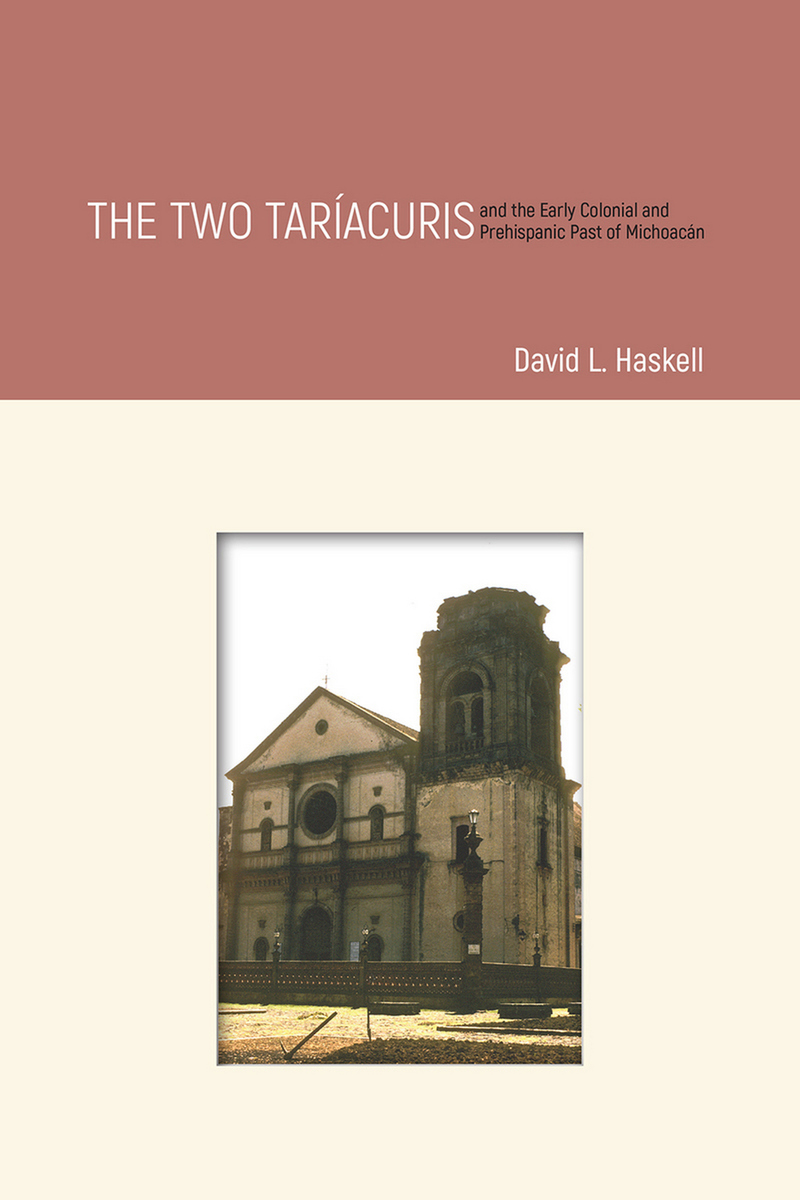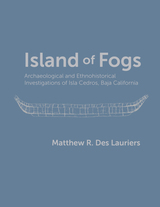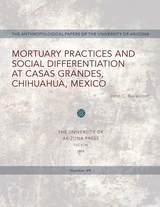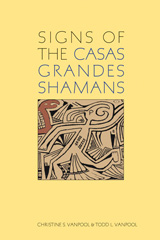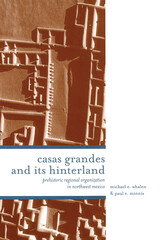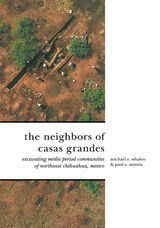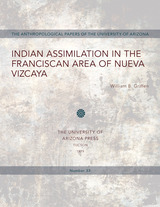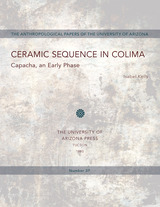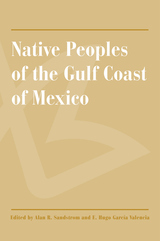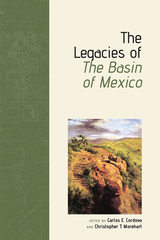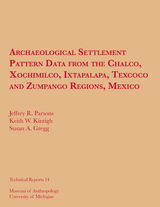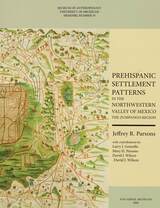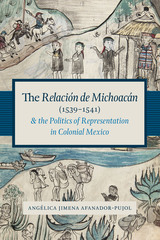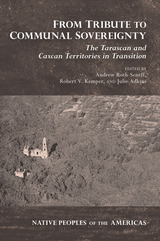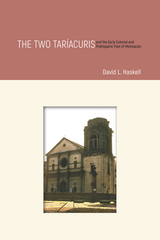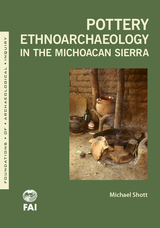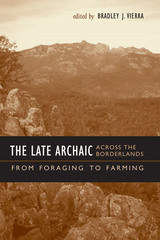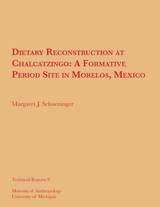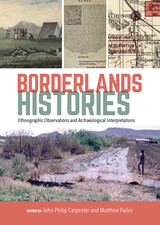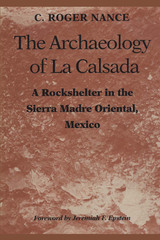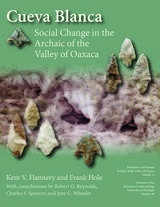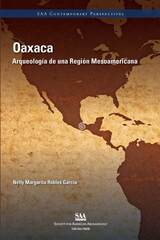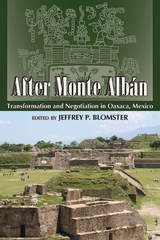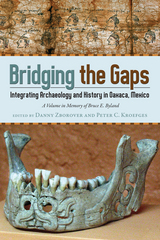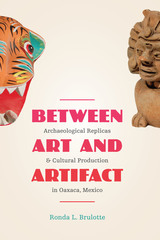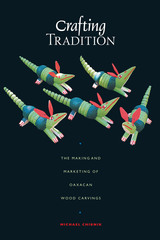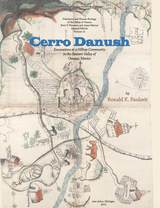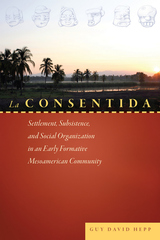The Two Taríacuris and the Early Colonial and Prehispanic Past of Michoacán
University Press of Colorado, 2018
Cloth: 978-1-60732-820-9 | Paper: 978-1-60732-748-6 | eISBN: 978-1-60732-749-3
Library of Congress Classification F1219.1.M55H37 2018
Dewey Decimal Classification 972.37
Cloth: 978-1-60732-820-9 | Paper: 978-1-60732-748-6 | eISBN: 978-1-60732-749-3
Library of Congress Classification F1219.1.M55H37 2018
Dewey Decimal Classification 972.37
ABOUT THIS BOOK | AUTHOR BIOGRAPHY | REVIEWS | TOC | REQUEST ACCESSIBLE FILE
ABOUT THIS BOOK
The Two Taríacuris and the Early Colonial and Prehispanic Past of Michoacán investigates how the elites of the Tarascan kingdom of Central Mexico sought to influence interactions with Spanish colonialism by reworking the past to suit their present circumstances. Author David L. Haskell examines the rhetorical power of the Relación de Michoacán—a chronicle written from 1539 to 1541 by Franciscan friar Jerónimo de Alcalá based on substantial indigenous testimony and widely considered to be an extremely important document to the study of early colonial relations and the prehispanic past. Haskell focuses on one such testimonial, the narrative of the kingdom’s Chief Priest relaying the history of the royal family. This analysis reveals that both the structure of that narrative and its content convey meaning about the nature of rulership and how conceptualizations of rulership shaped indigenous responses to colonialism in the region.
Informed by theoretical approaches to narrative, historicity, structure, and agency developed by cultural and historical anthropologists, Haskell demonstrates that the author of the Relación de Michoacán shaped, and was shaped by, a culturally distinct conceptualization and experience of the time in which the past and the present are mutually informing. The book asks, How reliable are past accounts of events when these accounts are removed from the events they describe? How do the personal agendas of past chroniclers and their informants shape our present understanding of their cultural history? How do we interpret chronicles such as the Relación de Michoacán on multiple levels? It also demonstrates that answers to these questions are possible when attention is paid to the context of narrative production and the narratives themselves are read closely.
The Two Taríacuris and the Early Colonial and Prehispanic Past of Michoacán makes a significant contribution to the scholarship on indigenous experience and its cultural manifestations in Early Colonial period Central Mexico and the anthropological literature on historicity and narrative. It will be of interest to Mesoamerican specialists of all disciplines, cultural and historical anthropologists, and theorists and critics of narrative.
Informed by theoretical approaches to narrative, historicity, structure, and agency developed by cultural and historical anthropologists, Haskell demonstrates that the author of the Relación de Michoacán shaped, and was shaped by, a culturally distinct conceptualization and experience of the time in which the past and the present are mutually informing. The book asks, How reliable are past accounts of events when these accounts are removed from the events they describe? How do the personal agendas of past chroniclers and their informants shape our present understanding of their cultural history? How do we interpret chronicles such as the Relación de Michoacán on multiple levels? It also demonstrates that answers to these questions are possible when attention is paid to the context of narrative production and the narratives themselves are read closely.
The Two Taríacuris and the Early Colonial and Prehispanic Past of Michoacán makes a significant contribution to the scholarship on indigenous experience and its cultural manifestations in Early Colonial period Central Mexico and the anthropological literature on historicity and narrative. It will be of interest to Mesoamerican specialists of all disciplines, cultural and historical anthropologists, and theorists and critics of narrative.
See other books on: Criticism, Textual | Indians of Mexico | Michoacán de Ocampo | Michoacán de Ocampo (Mexico) | Michoacán
See other titles from University Press of Colorado
